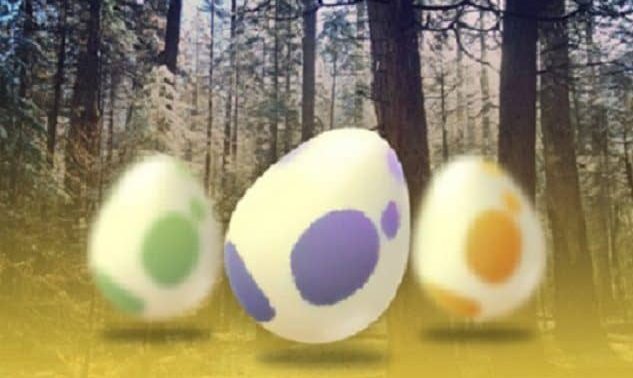Before today, little was known about what species might hatch from an egg. Fortunately, the Silph Research Group has just cracked a major piece of the puzzle! It is the conclusion of the Silph Research Group that:
Egg species is determined according to hidden rarity ‘tiers’ that are not the same as the egg distance tiers (i.e. 2 km, 5 km, 10 km).
In simple English, this means that not all 10 km egg species are rarer than 2 km egg species or 5 km egg species. A simple example of this is that Dratini is presently a very common hatch, despite being in 10 km eggs. It is now easier to acquire a 10 km egg with a Dratini inside than a 2 km egg with a Machop inside.
We’ll take it one step further and show the tiers we believe we have identified and the species therein.
THE DATA
Their researchers have been collecting egg data for many months and have observed several changes to the egg species distribution. For this study, they focus on eggs acquired after Halloween.
5,945 eggs were collected post-Halloween before the launch of Gen II. Here is the breakdown in frequency, by species:

FINDINGS
The above visual immediately hints at the tiered nature of egg species distribution. Additional analysis lead them to believe that there are four rarity tiers at play, each 2x as common as the one before, which they have named:
- COMMON
- UNCOMMON
- RARE
- ULTRA-RARE
The average hatch rate in each group almost perfectly follows a ratio of 1:2:4:8. The split of RARE and ULTRA-RARE unfortunately isn’t as evident in this graph. However, when combining these two groups, the frequency counts do not seem to follow a binomial distribution.
With the 1:2:4:8 ratio in mind, Silph Researchers examined known periods of changes to egg rarity, to confirm whether the rarity tiers held – they do.
So which species are in which tier? Pre-Gen II, this breakdown looked like this:
| RARITY TIER | SPECIES |
|---|---|
|
Common (Pre-Gen II)
8/312 = 2.56% Chance (to Hatch Each Species) |
|
| Uncommon (Pre-Gen II) 4/312 = 1.28% Chance |
|
| Rare (Pre-Gen II) 2/312 = 0.64% Chance |
|
| Ultra-Rare (Pre-Gen II) 1/312 = 0.32% Chance |
|
SO WHAT ABOUT NOW? (GEN II?)
Though Gen II has only been live for a few weeks, the Silph Research Group has been hard at work cracking the new rarity tier distribution. At time of publication, they have collected 2,514 eggs, which is sufficient to be confident in the COMMON / UNCOMMON tier species, with a few final ambiguities in the RARE and ULTRA-RARE tiers.
For those curious at how the data is shaping up, however, here is their best guess at this point:
| RARITY TIER | SPECIES |
|---|---|
|
Common
8/315 = 2.54% |
|
| Uncommon 4/315 = 1.27% |
|
| Rare 2/315 = 0.63% |
|
| Ultra-Rare 1/315 = 0.32% |
|
PARTING WORDS
These rarity tiers represent a major breakthrough in our understanding of egg species, travelers. Not only does this knowledge impact buddy selection criteria (e.g. Dratini is likely to hatch – there’s now much less need to walk yours!), but it helps place far less significance on the 2 km, 5 km, or 10 km egg attribute as a whole.
Best of luck in your egg hatching endeavors.



